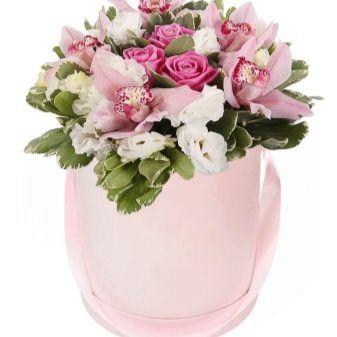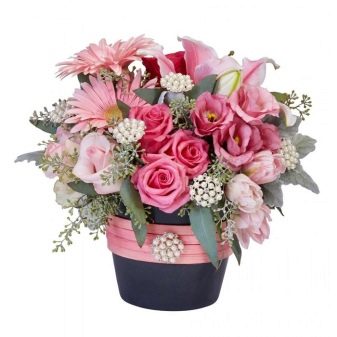How to replace a floral flower sponge at home?
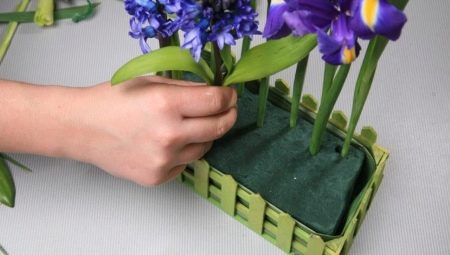
One of the main elements of floristry, which workers in this area simply cannot do without, is a floristic sponge. This item, unusual to the touch and appearance, can be intended for plants of different types - both live and dry. Most professional florists claim that nothing can replace it. Nevertheless, we will try to understand this issue in more detail and find out how true this statement is, and also offer several replacement options.
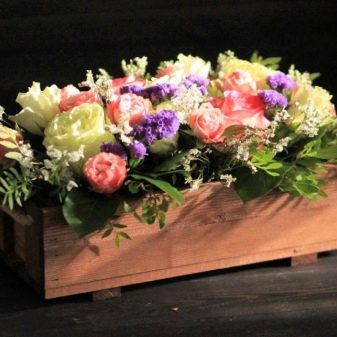
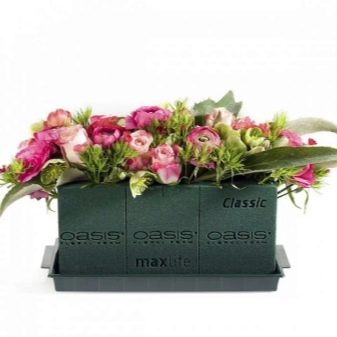
Styrofoam use
Most often, it is recommended to replace a floristic sponge for fresh flowers at home with foam. It's cheap and relatively affordable. Its absorbency is not as high as that of a floral sponge, which does not prevent it from being used as its counterpart. For better fixation of individual flowers, it is recommended to use glue.
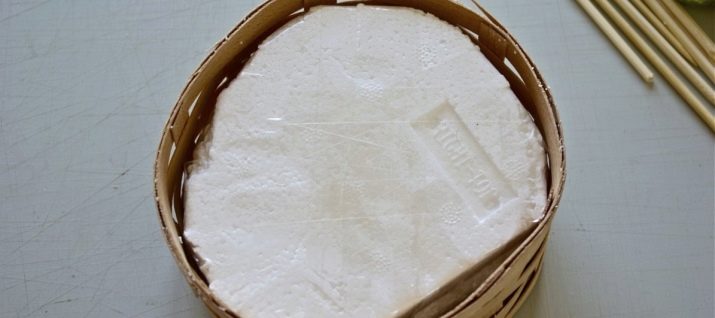
Often, the full fixation of plants in foam may not be enough.
Expanded polystyrene can be attributed to the same conditional category. Outwardly, it looks like polystyrene, and they are made from the same raw materials. However, they are different materials. The density of expanded polystyrene is 4 times higher than that of polystyrene, otherwise it is really similar to polystyrene.
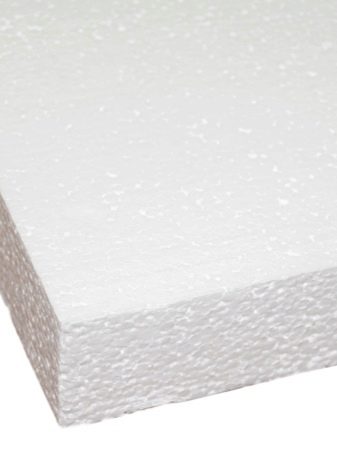
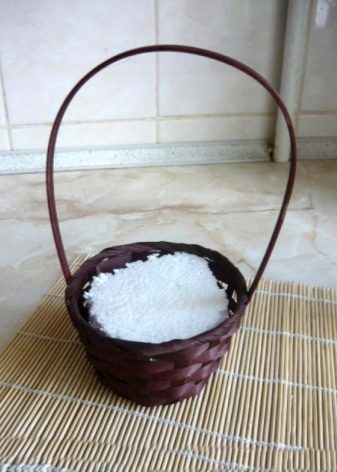
Can be replaced with moss?
Moss has been used for a long time by both gardeners and doctors for various purposes, despite the fact that the former are sometimes actively fighting it. However, there is a special type of moss that can be very useful - this is sphagnum moss. This plant has no roots, it absorbs water directly through the stems and leaves, and also accumulates it in the space between the dead cells that cover the entire surface. The amount of moisture that sphagnum moss can absorb is 20 times its own weight. This is what allows it to be used as a substitute for a floral sponge. However, the florists' reviews indicate that the material can be dry, which is very inconvenient for fixing flowers. Manufacturers often paint it green.
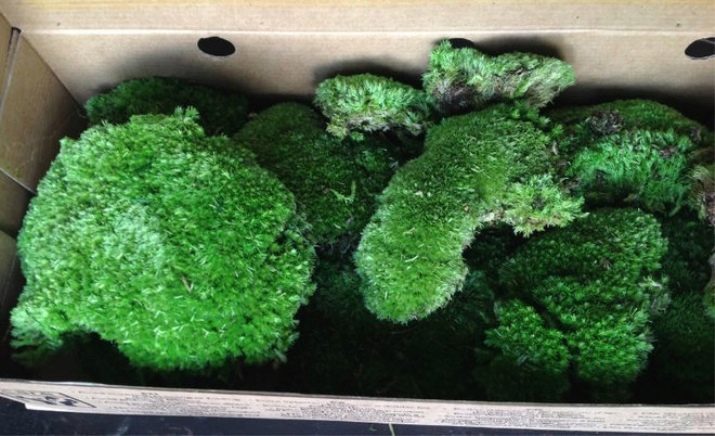
Lichen can also be called "moss". It is a hybrid of fungi, algae and cyanobacteria. Its ability to absorb is worse than that of sphagnum moss. However, it can be used as an analogue of floristic foam. But you only need to use lichen, which is also called "reindeer moss". It absorbs moisture well. After this lichen has access to water, it begins to actively reproduce. Yagel in floristry is also called stabilized moss, it is soft and pleasant to the touch.
Both types of moss require regular watering. Otherwise, they dry easily and quickly.
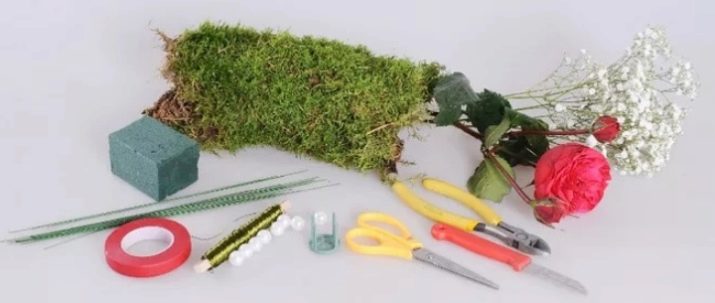
More ideas
The easiest way to replace a sponge is to use polyurethane foam. It is also called polyurethane foam. This "replacement" is easy to do alone and with your own hands. To do this, you need to take the container and cover the bottom with polyurethane foam. Make sure that the foam layer is the same everywhere. Do not touch the foam directly with your hands.
Another option is a regular dishwashing sponge. You can also use other similar products (for example, a sponge for washing cars).
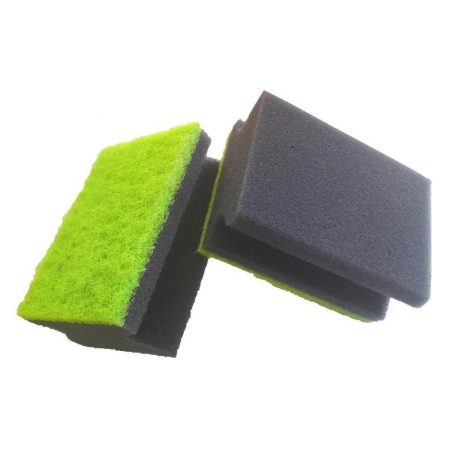
If you thought about what replaced the floral sponge until its relatively recent invention, then the answer is quite clear. The artificial "soil" served as a substitute. Sawdust, sand, or just ordinary earth was placed in a piece of cloth or a bag. The bag and cloth were tied tightly and punctured until many holes were formed. Sometimes such fillers were placed immediately in the required container.
This same method and all of the above materials can be used today. And also as a filler, you can take small pebbles. They will perform the function of fixing flowers in the container. Before composing the composition, the sand must be moistened.
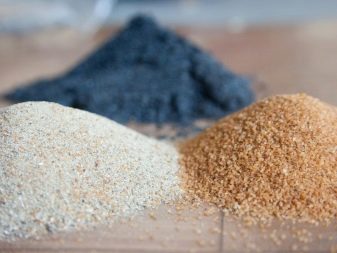
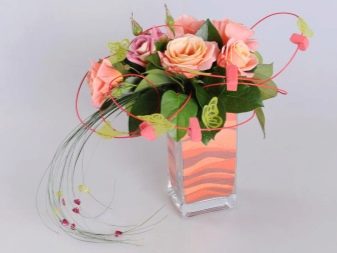
It is better to use wood shavings sold in florist shops - they are thinner and more delicate than construction shavings.
A special gel can serve as a replacement for the sponge, which can be purchased at all the same florist shops. It is transparent, soft to the touch. It fixes plants well and is even able to absorb moisture, later gradually releasing it.
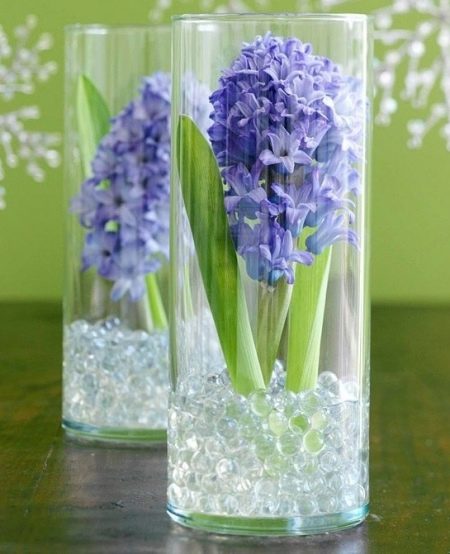
If you just need to fix the flowers, and the presence of moisture is not a priority, then you can even use such things as air plasticine and a lump of thick wire. A filler such as sisal (palm fiber) received positive reviews. True, it does not have a high level of fixation.
A floral sponge has only two functions, thanks to which it is such an important part of bouquets - fixing and maintaining moisture. For dry compositions, the need for the latter function disappears. Thus, you can replace the sponge with any thing that has a similar structure and allows you to reliably fix the flowers in one position.
